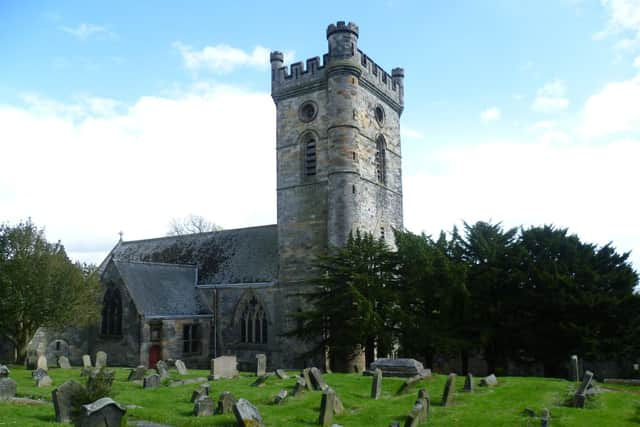Churches are buildings most of us don't use, but some of them can speak to us all
Their spires reaching to the sky have drawn in worshippers for centuries but as some congregations grow painfully small, presbyteries across the country are counting which churches are surplus to requirements for the modern-day mission.
For the Kirk, much of church planning has been about unravelling the proliferation of church building in the 19th century brought about by the Disruption. There are simply too many churches, and an ever decreasing number of believers to fill them.
Advertisement
Hide AdAdvertisement
Hide AdLessons learned during the pandemic will influence the Kirk in the way forward, when Covid closed buildings and believers were left without the places that mattered to them the most at the time of greatest need.


But, still believers still believed and faith was still followed, albeit in different ways, given a rush of “imagination and resourcefulness” that allowed worship, pastoral care and community support to continue.
There will also be fewer Kirk ministers going forward, partly given the numbers of those due to retire and a loss in numbers of those signing up to the ministry.
In response, the faithful is finding new ways of worship. In the rural parish of Duns in the Borders, ordinary people - from joiners to housewives and farmers - are being trained by ministers to lead the Sunday services they want and need.
Technology means services can be shared on USB sticks and YouTube channels. The costly confines of bricks and mortar are being ever superseded.
The churches which are the most expensive to maintain will be the most vulnerable to being shed, as will those without decent facilities, such as kitchens and disabled access.
Culross Abbey, built in the 13th Century, is thought to be at high risk as a result. It was reportedly built on the site of an early Christian community whose members included St Mungo, before he went off to found Glasgow.
It seems wrong-headed that such a historic Christian site woven into Scotland’s story could be sold off given it no longer fits in with modern priorities. While there is good argument that worship can be adapted, it seems right that special cases are made for the buildings that have the ability to speak to us all, whatever we believe.
Comments
Want to join the conversation? Please or to comment on this article.